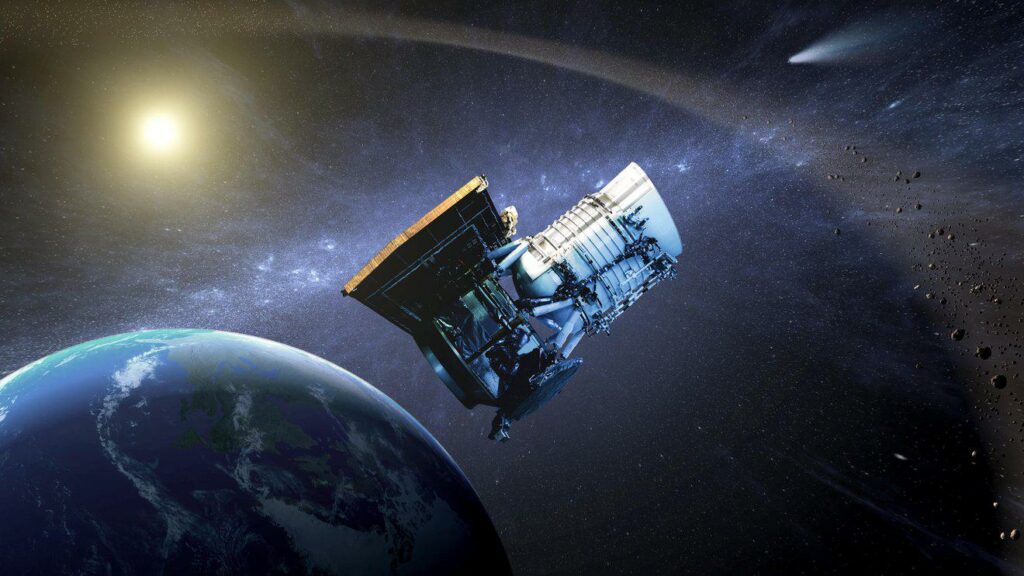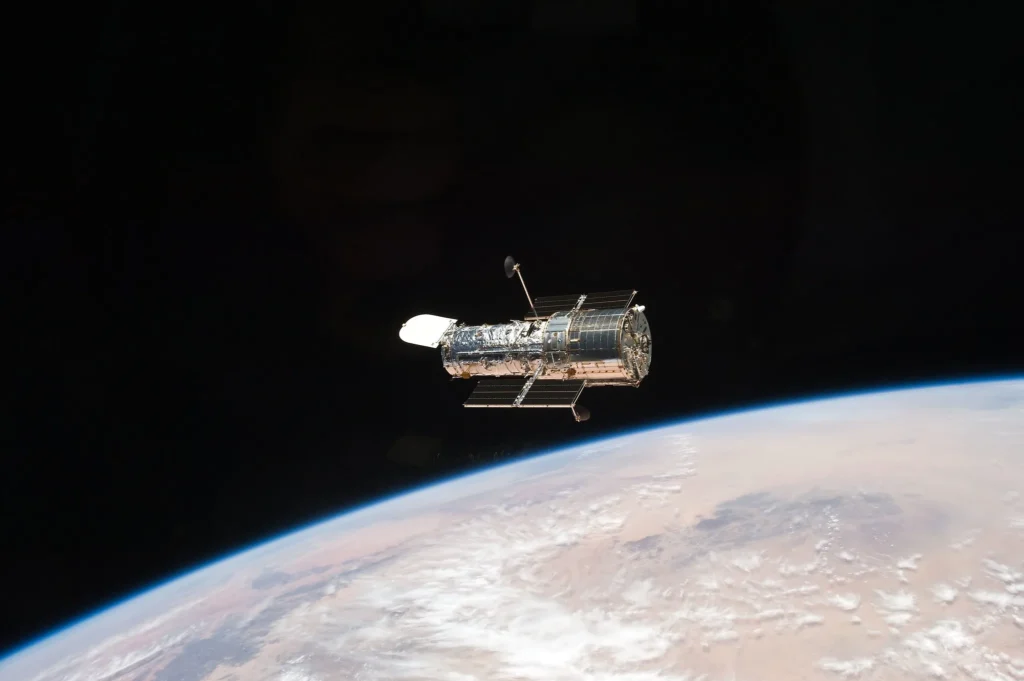NASA’s NEOWISE telescope descended from orbit and burned up in the Earth’s atmosphere. It happened on November 2.
Black hole explorer and asteroid hunter
The NEOWISE telescope was launched by NASA in 2009. At that time, it was called WISE. The purpose of its mission was to make an infrared survey of the entire sky. The data collected by the telescope allowed astronomers to detect tens of millions of active supermassive black holes, 34,000 previously unknown asteroids, as well as many other objects like brown dwarfs.

By the end of 2010, the telescope had exhausted the coolant needed to keep its instruments cool and was unable to continue its primary mission. After a while, NASA specialists found another use for it. They began using the telescope to search for near-Earth bodies that could pose a threat to our planet. In 2013, NEOWISE resumed observations and continued until 2024.
NEOWISE telescope’s demise
NEOWISE could have continued to operate, but this was prevented by a decrease in its orbit, largely due to a sharp increase in solar activity. The fact is that NEOWISE had no engines and could not correct its altitude. The increase in solar activity has led to the “bloating” of the Earth’s atmosphere and to an increase in the braking effect it has on low-orbiting vehicles. NEOWISE is no exception. Back at the end of 2023, it was in orbit at an altitude of 480 km, and by July 2024, its altitude decreased to 380 km.
The WISE infrared astronomy satellite reentered at 0049 UTC over the ocean west of Exmouth, W Australia pic.twitter.com/ngnuUYaTF6
— Jonathan McDowell (@planet4589) November 2, 2024
As a result, NASA had to make the decision to end the NEOWISE mission. On July 31, the telescope stopped scientific observations, after which its transmitter was turned off. NEOWISE’s orbital altitude continued to gradually decrease. Astrophysicist Jonathan McDowell’s calculations showed that it would enter the Earth’s atmosphere on November 2.
McDowell was right. NEOWISE went out of orbit on November 2. The unburned debris of the spacecraft fell into the Indian Ocean west of the Australian town of Exmouth.
Future of the Hubble telescope
The fate of NEOWISE can be seen as a clear demonstration of what the future holds for the Hubble telescope. It also has no engines, and therefore its orbit is also decreasing. At the moment, its altitude is 510 kilometers. Scientists estimate that this supply will last until about the middle of the next decade, after which Hubble will repeat NEOWISE’s fate.

It is true that there are projects for private missions to raise the telescope’s orbital altitude, which would save it. But NASA has not approved any of them.


